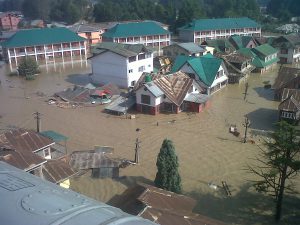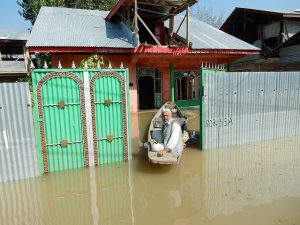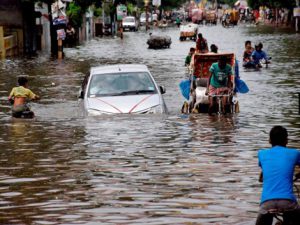The demographers may have got it wrong. New projections say the population of the planet will not stabilise at nine billion sometime this century. In fact, there is an 80% likelihood that, by 2100, it will reach at least 9.6 billion − and maybe rise as high as 12.3 billion.
The latest data, published in the US journal Science, has profound and alarming implications for political stability, food security and, of course, climate change, since greater numbers of people mean greater demands on agricultural land, water and fuel.
At the heart of the findings − led by Patrick Gerland, of the United Nations Population Division in New York, and backed by sociologists, statisticians and population scientists from Seattle, Singapore and Santiago in Chile − is both new data and a more sophisticated approach to the mathematical probabilities for fertility and life expectancy, and for international migration.
Larger families
The new evidence is that, contrary to previous expectations, women in Africa are still having larger families − in part, because contraceptives are not available and because mortality linked to HIV infection has been reduced.
So, by the end of the century, Africa – once relatively sparsely populated, but now home to around one billion people – will have to feed between 3.5 billion and 5.1 billion.
Asia’s population (currently 4.4 billion) is expected to peak at 5 billion in 2050 and then decline, while growth in North America, Europe and Latin America are expected to stay below 1 billion in each region.
“This work allows us to quantify the predictions and offer a level of confidence that could be useful in planning,” said Dr Gerland.
The study makes no mention of climate change, with demographers more concerned with the numbers of young workers who will have to support increasingly elderly populations. But population, economic growth and global warming are inexorably linked.
Most greenhouse-gas emissions and climate-change predictions, when they incorporate population growth at all, have been based on the long-standing assumption that the planet’s burden of humans will peak around 2050, and then begin a slow decline.
Because of this, some researchers have been able to put forward arguments for optimism and propose that climate change can be contained and food security assured with careful management and new thinking.
But recent research suggests that while climate change will open more land in higher latitudes for potential crop growth, the gains will not be great, because the conditions for multiple harvests in the tropics will be reduced.
There are other factors. For example, land once available for crops is disappearing under tarmac and cement as the world’s cities grow, and even with a projected population peak of nine billion, an estimated additional 1.5 million square kilometres of tilth and pasture would be lost to the cities by 2030.
But these are all projections, rather than predictions. Armed with such information, governments could take steps to ensure a more secure future, says the study.
The authors of the Science paper argue that fertility decline could be helped by better access to contraception, and by the education of women.
They add, grimly, that things could also get worse: “It should also be noted that the projections do not take into account potential negative feedback from the environmental consequences of rapid population growth.
“The addition of several billion people in Africa could lead to severe resource shortages, which in turn could affect population size through unexpected mortality, migration or fertility effects.”







